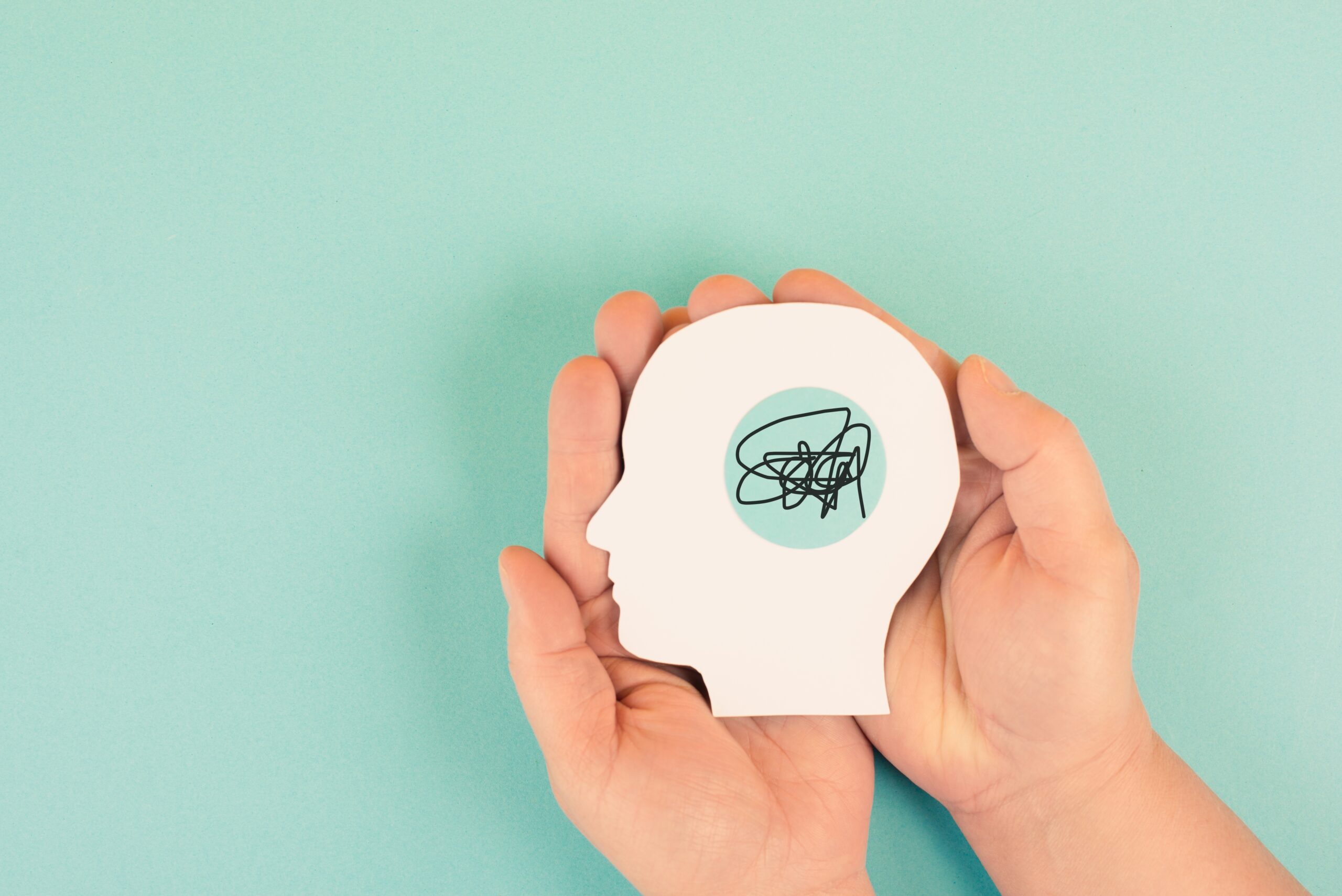In the ever-evolving landscape of human factors and usability research, our research team has reached a significant milestone. We conducted over 1,000 participant sessions in 2023! And all before Halloween!
This journey has provided more than just invaluable insights for our clients. It has also offered lessons that have allowed us to further refine our approach to usability testing. In this blog post, we’ll share key takeaways that have emerged from our extensive endeavors.
Recording high-level thoughts and impressions
Moderators play a pivotal role in usability testing, of course. We’ve discovered that capturing their immediate impressions after each participant session is immensely valuable for added detail and context. Quick voice-to-text recordings offer an efficient way to document insights between sessions. This practice aids in creating comprehensive summaries without adding additional workload or pressure on the moderator.
time management in moderator guides
Developing moderator guides requires meticulous planning. It’s crucial to account for the time spent on introductions, form filling, debriefing, and other essential tasks. Underestimating the time required for these activities can lead to rushed sessions and compromised data quality. Truly understanding the tasks and working through the device scenarios during a dry run can help confirm time estimates and session lengths. By incorporating realistic time estimates into our moderator guides, we better ensure that each participant session runs smoothly without the need to rush through any portion, or compromise any data.
prioritizing moderator well-being
Moderating back-to-back participant sessions can be mentally taxing. Acknowledging this, our team has embraced the importance of giving moderators taking breaks between participants. This intentional pause not only rejuvenates moderators but also contributes to better overall session outcomes. Small scheduling differences between days, such as an earlier start or later end time can also reduce the sense of redundancy. Balancing workload with moments of respite is an investment in the quality of the fielding process, and the research team’s overall well-being.
creative solutions for difficult-to-recruit populations
When dealing with challenging-to-recruit participant populations, our team has encountered situations where traveling for just a couple of participants became a necessity. Traditional market research facilities can be both costly and inefficient in such scenarios. We’ve found alternatives like hotel conference rooms and private spaces in coworking facilities to be both budget-friendly and convenient. Utilizing resources like Liquidspace allows us to reserve private spaces swiftly, ensuring a seamless testing process.
adapting to varied covid-19 precautions
As the time between present day and the height of COVID-019 grows, varied precautions/restrictions are still in effect. We must be prepared for each. From virtual sessions to in-person studies, flexibility continues to be key. Our research team tailors our approach to meet the unique circumstances of each participant, ensuring a safe and comfortable testing environment. We’ve found that being prepared for these precautions has naturally better prepared us for other similar situations, such as having alternative ‘back-up’ plans in place.
conclusion
With such a busy schedule of over 1,000 participant sessions, 2023 has flown by! This experience has done more than just refine our approach to usability testing. It has also underscored the importance of adaptability, meticulous planning, and the well-being of both participants and moderators. As we continue to strive for innovation in our field, we hope these insights will prove useful to you in some way. We are looking forward to what the new year will bring!




